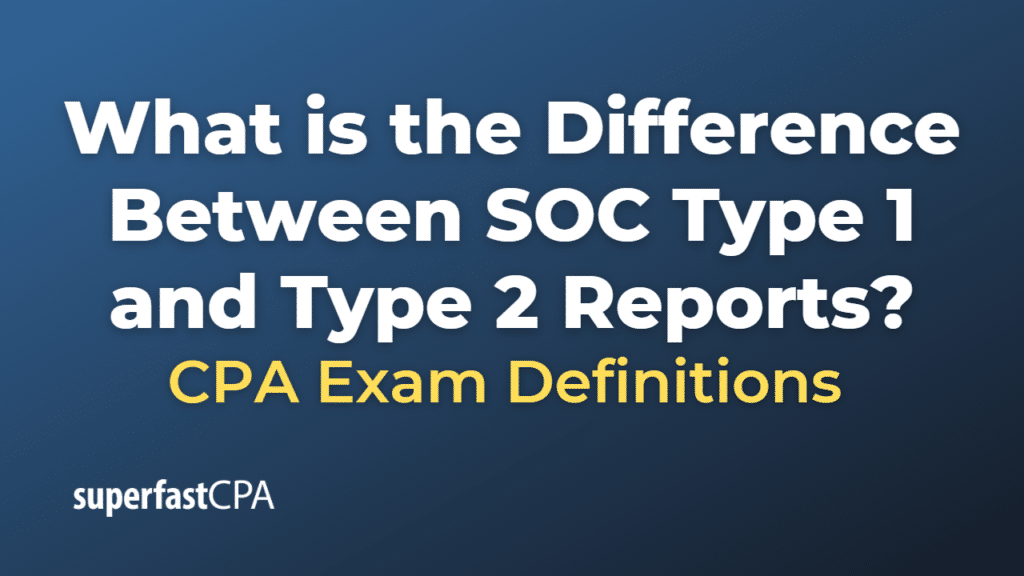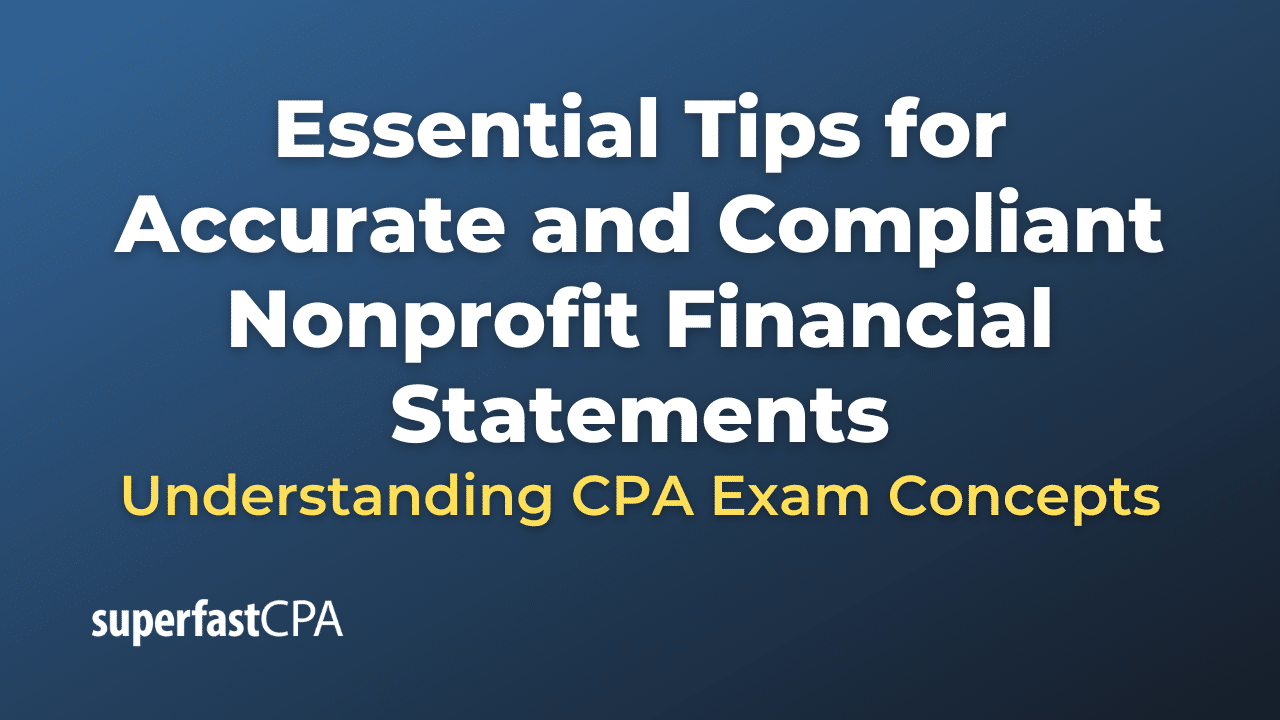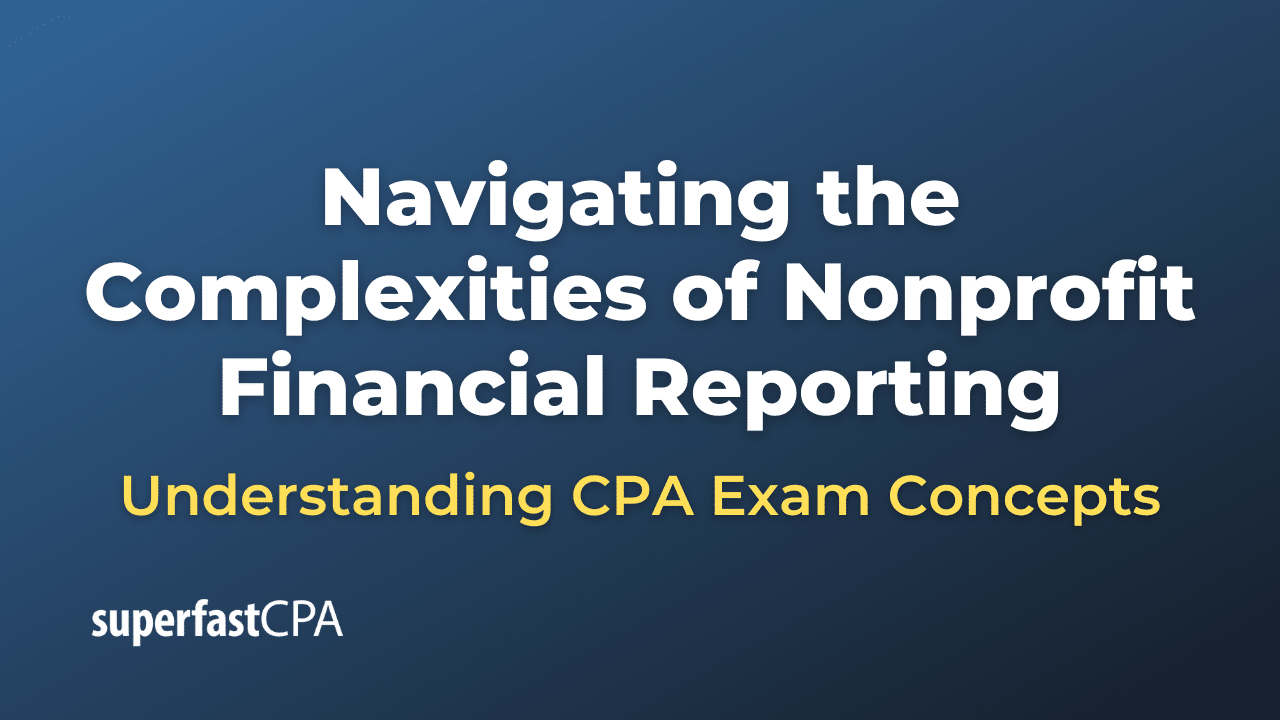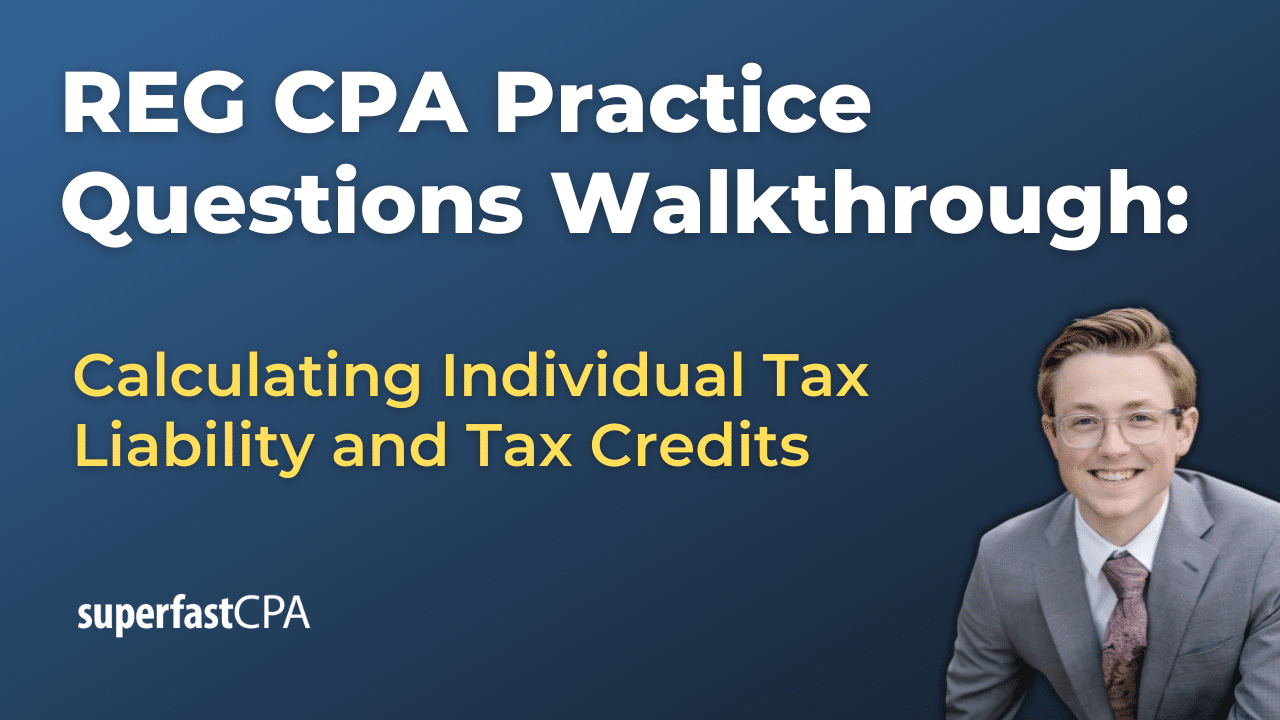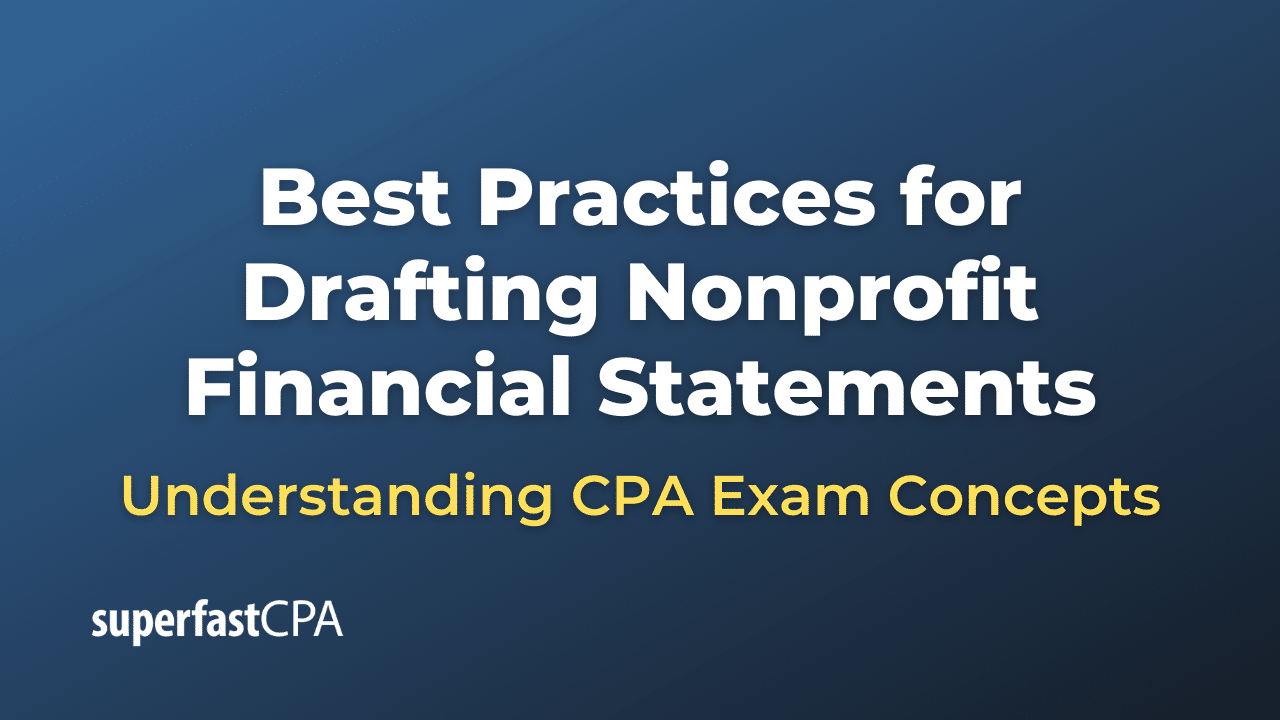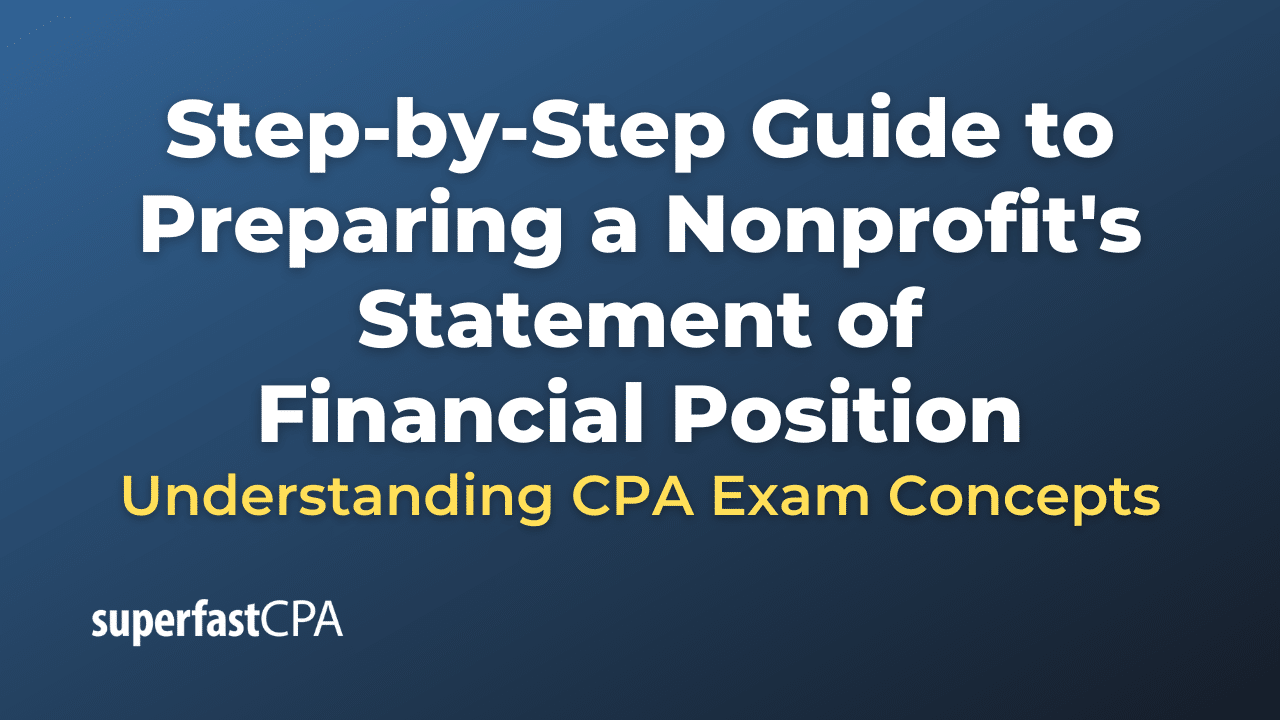Difference Between SOC Type 1 and Type 2 Reports
SOC (System and Organization Controls) reports are documents that provide an analysis of the design and effectiveness of a service organization’s controls. There are two types of SOC reports – Type 1 and Type 2 – and the main difference between them lies in the duration of the assessment and the type of information they provide:
- SOC Type 1 Report:
A SOC Type 1 report evaluates and reports on the design of controls at a specific point in time. It essentially answers the question: “Are the controls designed appropriately to achieve the specified objectives?”This report can be useful for understanding whether a service organization has defined and implemented appropriate controls, but it doesn’t provide assurance about how effectively those controls operated over time. - SOC Type 2 Report:
A SOC Type 2 report not only evaluates the design of controls (like a Type 1 report) but also their effectiveness over a specified period of time (usually six months to a year). It answers the question: “Did the controls operate effectively over the specified period to achieve the specified objectives?”Because a Type 2 report includes a historical evaluation of control effectiveness, it provides a higher level of assurance to the user of the report.
In summary, a SOC Type 1 report provides an assessment of the design of controls at a specific point in time, while a SOC Type 2 report provides an assessment of both the design and operational effectiveness of those controls over a period of time. These reports are crucial for service organizations in demonstrating their commitment to data security and operational integrity.
Example of the Difference Between SOC Type 1 and Type 2 Reports
Let’s consider a hypothetical example using a cloud service provider:
Example of SOC Type 1 Report:
Suppose CloudTech Inc. is a cloud service provider. They have a series of controls in place designed to protect the data of their customers. These controls might include firewalls, encryption methods, two-factor authentication, and various other procedures and mechanisms.
An independent auditor is engaged to prepare a SOC Type 1 report. On the agreed-upon date (say, May 23, 2023), the auditor examines CloudTech’s systems and controls. They find that CloudTech’s controls are appropriately designed to protect customer data. This conclusion and the auditor’s assessment of the design of CloudTech’s controls are detailed in the SOC Type 1 report.
However, this report doesn’t provide any assurance that these controls have been operating effectively over time. It only assesses the design of the controls at the point in time of the audit.
Example of SOC Type 2 Report:
Now suppose that instead of a SOC Type 1 report, CloudTech engages the independent auditor to prepare a SOC Type 2 report. For this report, the auditor not only examines the design of CloudTech’s controls but also their operation over a specified period (say, the six months from January 1, 2023, to June 30, 2023).
The auditor reviews historical data, interviews staff, and carries out other procedures to evaluate whether the controls have been operating effectively throughout that period. The SOC Type 2 report provides a more thorough evaluation and offers more assurance because it includes this historical evaluation of control effectiveness.
In the case of a cloud service provider like CloudTech, customers and potential customers might request to see a SOC Type 2 report to get assurance about the company’s data security practices over time.

